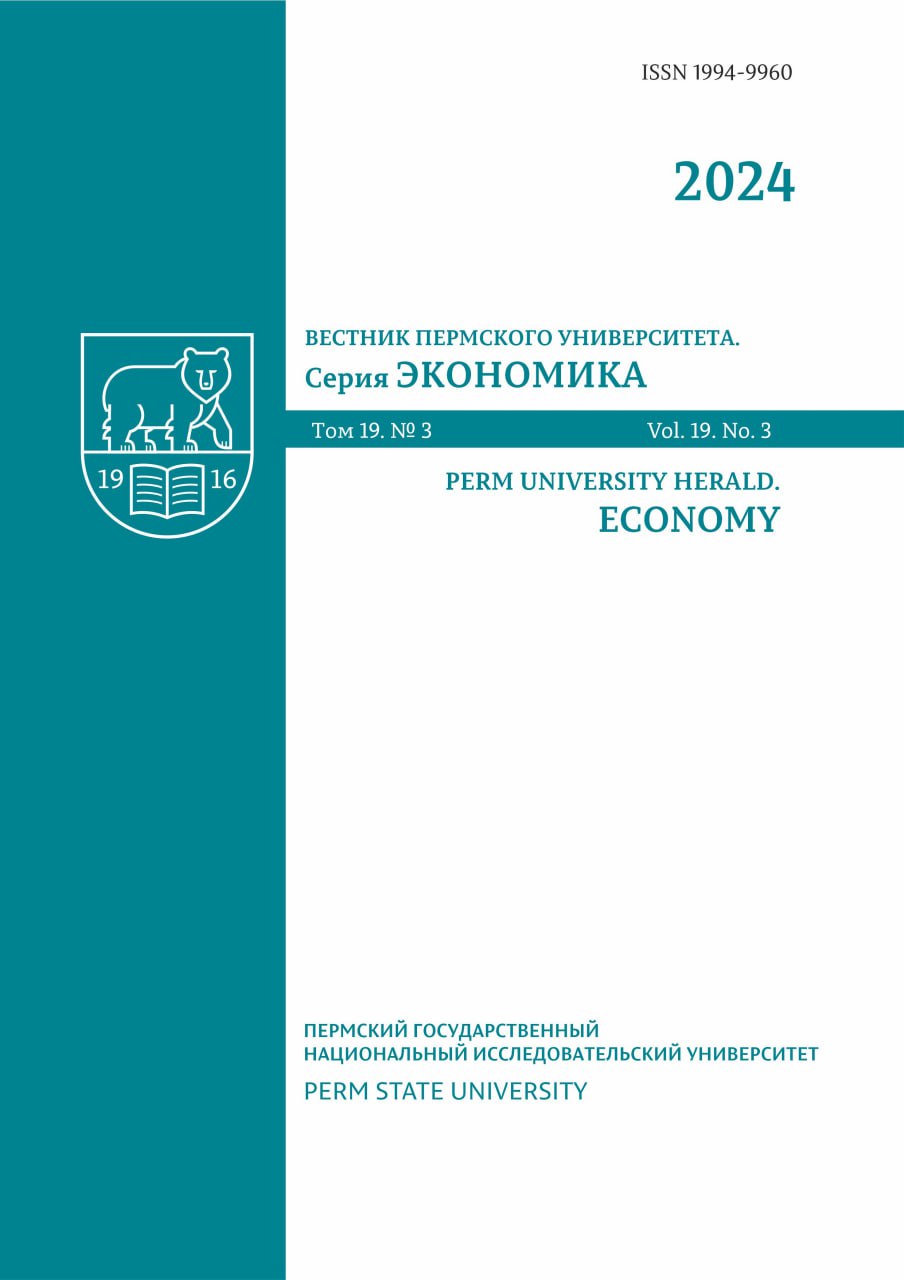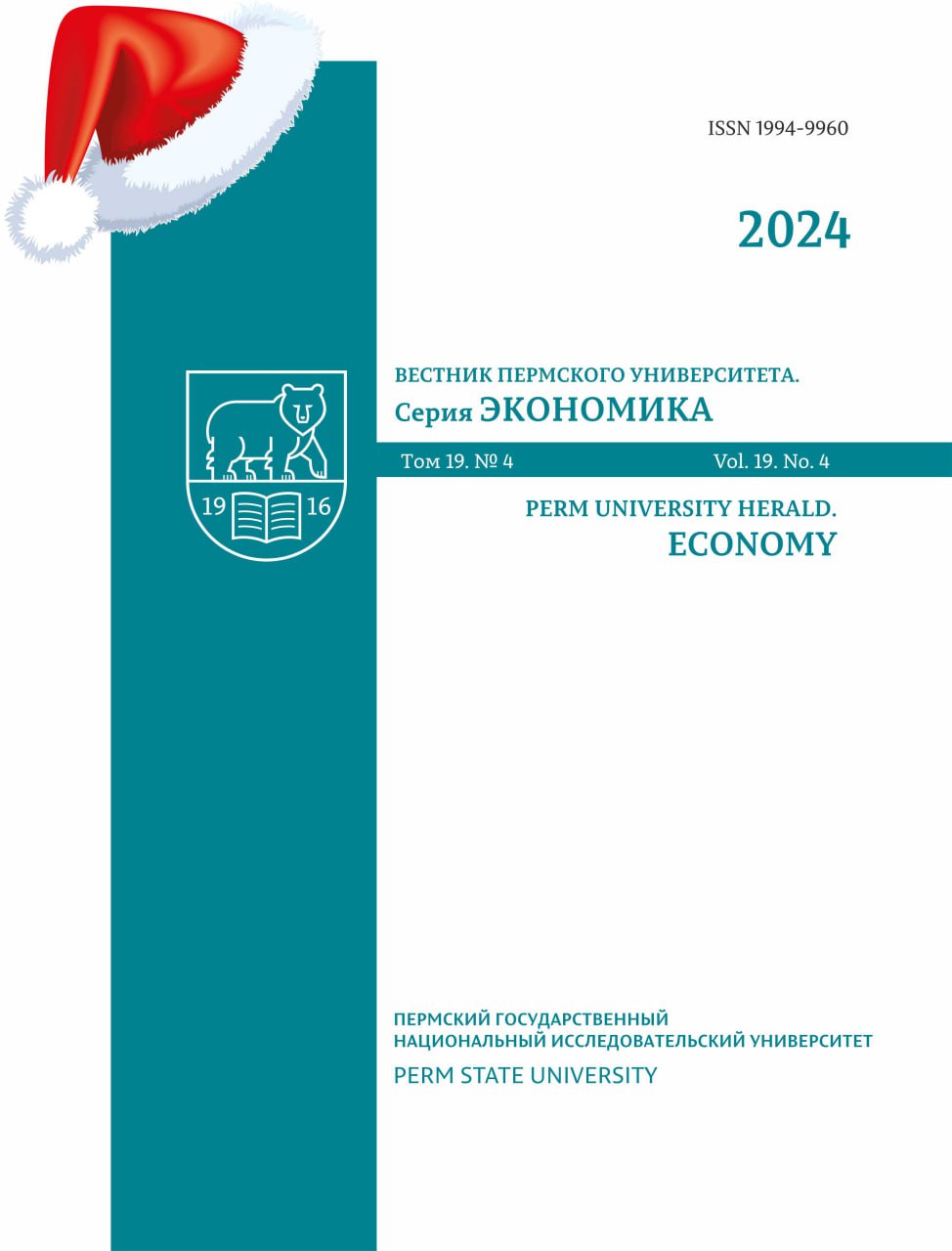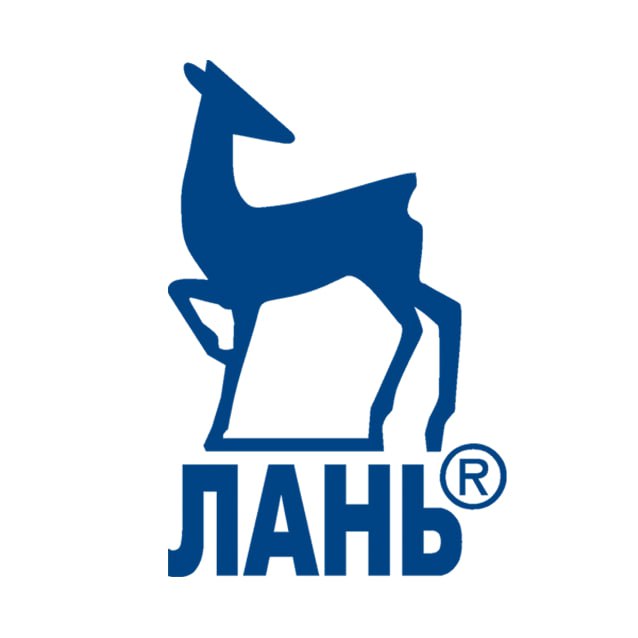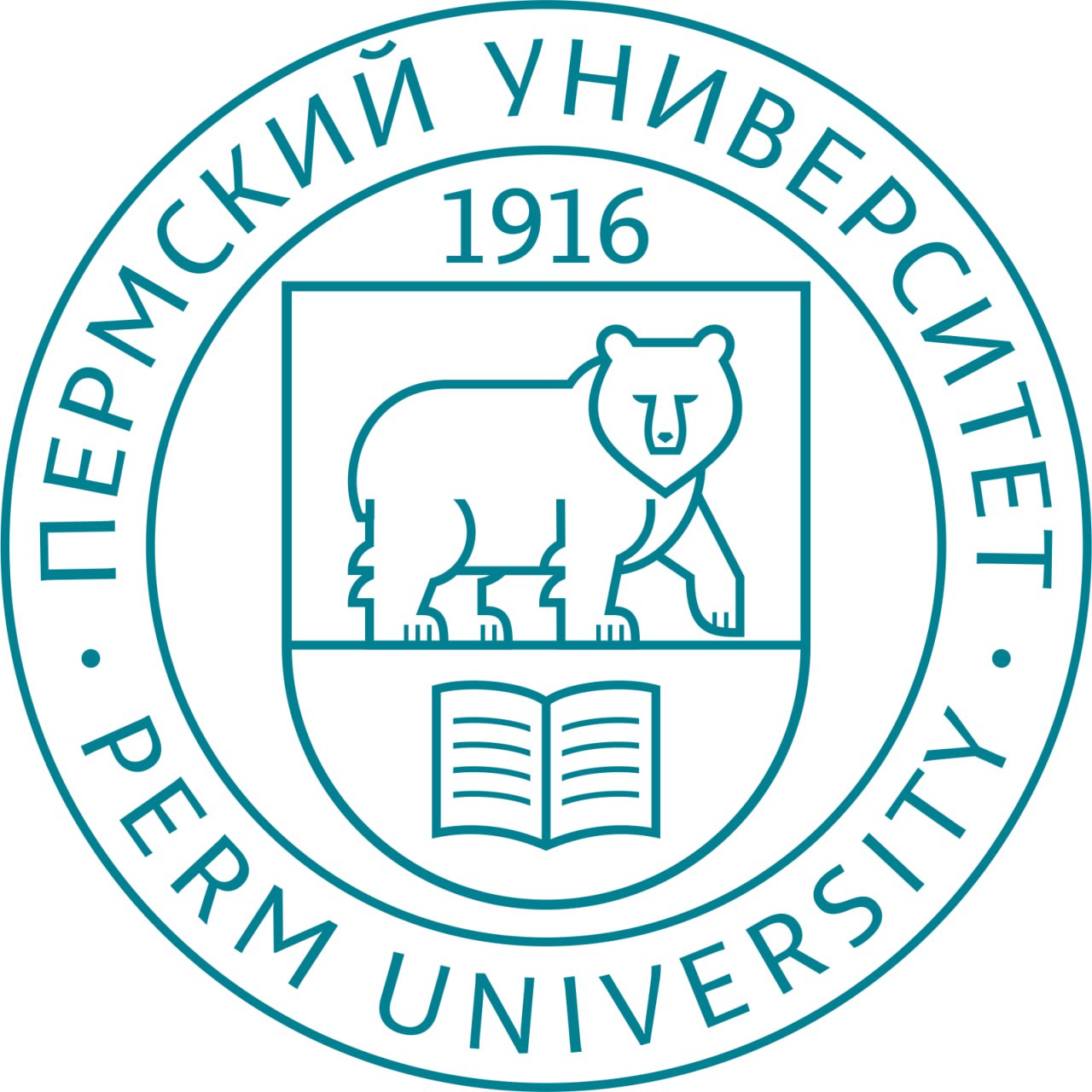Tax incentives as a stimulating mechanism for creative industries in regional economy
DOI:
https://doi.org/10.17072/1994-9960-2024-4-409-426Abstract
Introduction. The article refers to international practices and proposes tax incentives as a stimulating mechanism for creative industries in Russia. The development of creative industries is a crucial aspect of both economic and cultural growth. However, tax support measures in Russia remain underdeveloped and inconsistent across regions.
Purpose. The paper refers to international practices to identify efficient tax support mechanisms for creative industries that can be adapted to the Russian environment.
Materials and Methods. Tax incentives for creative industries in the countries with the developed creative economies, such as the United Kingdom, the USA, Ireland, and Kazakhstan, are examined and compared, and the content of the Russian legislation is analyzed.
Results. It was revealed that Russia lacks a unified federal support system, which results in regional disparities in the development of creative industries. International practices show the efficiency of tax incentives such as VAT-free taxation system and tax credits, which have contributed to the growth of creative industries abroad.
Conclusion. These disparities could be eliminated by introducing a unified system of tax incentives at the federal level and developing a customized tax policy for creative industries, which will support their sustainable development.
Keywords: tax incentives, creative industries, state sectoral policy, international experience, tax support, regional disparities, economic development
Funding
The article has been prepared with the support of the Russian Scientific Foundation, the project No. 22-18-00679 «Creative reindustrialization of the second-tier cities in context of digital transformation».
For citation
Karpova O. M., Turgel I. D. Tax incentives as a stimulating mechanism for creative industries in regional economy. Perm University Herald. Economy, 2024, vol. 19, no. 4, pp. 409–426. DOI 10.17072/1994-9960-2024-4-409-426. EDN FTWCOT.
REFERENCES
- Throsby D. The Economics of Cultural Policy. London, Cambridge University Press, 2010. 280 p. DOI 10.1017/CBO9780511845253
- Saifullina L. D. Potential for regional creative economy development and employment of population. Theory and Practice of Social Development, 2023, no. 7 (183), pp. 183–191. (In Russ.). DOI 10.24158/tipor.2023.7.24. EDN TLAGVO
- Bokova A. V. Kul'turnye, kreativnye, tvorcheskie industrii kak yavlenie sovremennoi kul'tury: opyt kontseptualizatsii: dissertatsiya … kandidata filosofskikh nauk. Tomsk, 2016. 174 p. (In Russ.).
- Mikhailova A. V. Study of the essence of the categories “creative economy,” “creative potential of the economy,” “creative (creative) industries”. Journal of Economy and Entrepreneurship, 2023, no. 10 (159), pp. 1350–1356. (In Russ.). DOI 10.34925/EIP.2023.159.10.277. EDN RFNMKV
- Maltseva Е. S. Creative industry in the Russian economy. Biznes i dizain revyu, 2021, 1 (21), pp. 1. (In Russ.). EDN GMVMO
- Tian Y., Gao C. Management strategies of creative industries uncertainty. 2011 International Conference on Business Computing and Global Informatization. Shanghai, China, 2011, pp. 79–82. DOI 10.1109/BCGIn.2011.28
- Dai X., Pogorletskiy A., Timchenko E. Critical analysis of the significance of tax incentives for the cultural industry in the pre-digital era and in the context of digitalization. Journal of Applied Economic Research, 2022, vol. 21, no. 1, pp. 152–186. DOI 10.15826/vestnik.2022.21.1.007
- Molenaar D. Tax incentives for artists. S. Hemels, K. Goto (eds) Tax incentives for the creative industries. Springer Singapore, 2017, pp. 211–225. DOI 10.1007/978-981-287-832-8_11
- Luja R. Tax incentives, harmful tax competition and state aid considerations in the EU. S. Hemels, K. Goto (eds) Tax incentives for the creative industries. Springer Singapore, 2017, pp. 65–84. DOI 10.1007/978-981-287-832-8_5
- Kisić V. Kulturne i kreativne industrije u Evropi. Kultura, 2011, br. 130, ss. 199–225 (In Serbian). DOI 10.5937/kultura1130199k
- Flew T. The creative industries: Culture and policy. London, SAGE Publications Ltd, 2012. 232 p. DOI 10.4135/9781446288412
- Hemels S. Tax incentives as a creative industries policy instrument. S. Hemels, K. Goto (eds) Tax incentives for the creative industries. Springer Singapore, 2017, pp. 33–64. DOI 10.1007/978-981-287-832-8_4
- Ruutu K., Panfilo A., Karhunen P. Cultural industries in Russia: Northern dimension partnership on culture. Copenhagen, Nordic Council of Ministers, 2009. 69 p. DOI 10.6027/TN2009-590
- Kurumchina A. E. Creative industries in Russia in post covid-19 time: The case of Urals region. Service Plus, 2022, vol. 16, no. 4, pp. 83–96. DOI 10.5281/zenodo.7716030. EDN IFTMLX
- Glebova S., Berman S. S., Semenоva N. A., Galiachmetov R. R. Creative industries in Russian regions: Challenges of establishment and conditions for development. Revista Gestão Inovação e Tecnologias, 2021, vol. 11, no. 4, pp. 4292–4305. DOI 10.24115/S2446-6220202173D1726p.342-350
- Vasilieva Е. V., Korshunov А. V., Ostanina Е. V. Problems of design model for creative industries development in Russia. Vestnik of Lobachevsky State University of Nozhni Novgorod. Series: Social Sciences, 2022, no. 3 (67), pp. 9–14. (In Russ.). DOI 10.52452/18115942_2022_3_9. EDN THLTLT
- Zelentsova Е. V. Governmental support for the creative industries. International Journal of Cultural Research, 2017, no. 1 (26), pp. 73–80. (In Russ.). EDN YPEAJR
- Klimova I. V., Semerkova L. N. Impact of creative industries on territory innovation Production Organizer, 2022, vol. 30, no. 4, pp. 83–96. (In Russ.). DOI 10.36622/VSTU.2022.30.4.008. EDN WBLQAX
- Vysochina M. V., Tsvetkova I. Development of the creative economy in the Republic of Crimea: Analysis of influence factors. Scientific Bulletin: Finance, Banks, Investments, 2022, no. 3 (60), pp. 113–123. (In Russ.). EDN JUUPVZ
- Zhokhova V. V., Yurchenko N. А. Segmentation model of Primorsky Krai fashion industry market The Territory of New Opportunities. The Herald of Vladivostok State University of Economics and Service, 2022, no. 3, pp. 88–101. (In Russ.). DOI 10.24866/VVSU/2073-3984/2022-3/088-101. EDN GUQEYP
- Efimova А. S., Bryukhanova N. V. Trends in the development of creative industries in the regions of the Southern Federal District. State and Municipal Management. Scholar Notes, 2023, no. 2, pp. 45–52. (In Russ.). DOI 10.22394/2079-1690-2023-1-2-45-52. EDN PSTJDC
- Pashinina Е. I., Babayan I. V., Kozlova К. V. The official rhetoric and legal construction of the phenomenon of cultural industries in Russian regions. Siberian Socium, 2020, vol. 4, no. 2 (12), pp. 48–75. (In Russ.). DOI 10.21684/2587-8484-2020-4-2-48-75. EDN DWARHE
- Parshukova G. B., Riazantseva I. V. Creative economy: Regional government tasks. SHS Web of Conferences, vol. 94, 2021, Article 01010. DOI 10.1051/shsconf/20219401010
- Akimova О. Е., Volkov S. K., Simonov А. B. Creative industries in Russia: Trends in development and growth potential. Moscow University Economics Bulletin, 2022, no. 1, pp. 96–114. (In Russ.). DOI 10.38050/01300105202215. EDN AJQPXT
- Kireenko A. P., Orlova E. N. The role of tax incentives in promotion of innovation activity in the Russian Federation. 13th International Scientific Technical Conference on Actual Problems of Electronic Instrument Engineering (APEIE) (Novosibirsk, Russia). IEEE, 2016, pp. 242–246. DOI 10.1109/APEIE.2016.7807063
- Viktorova N., Evstigneev E. Russian tax system in the context of innovative technology development. Karpova A. Yu., Ardashkin I. B., de Jong W. M., Martyushev N. V. (eds.) Responsible Research and Innovation: Proceedings of the International Conference «Responsible Research and Innovation» (RRI 2016), 07–10 November, 2016, Tomsk Polytechnic University, Russia. Future Academy, 2017, pp. 993–1001. DOI 10.15405/epsbs.2017.07.02.128











